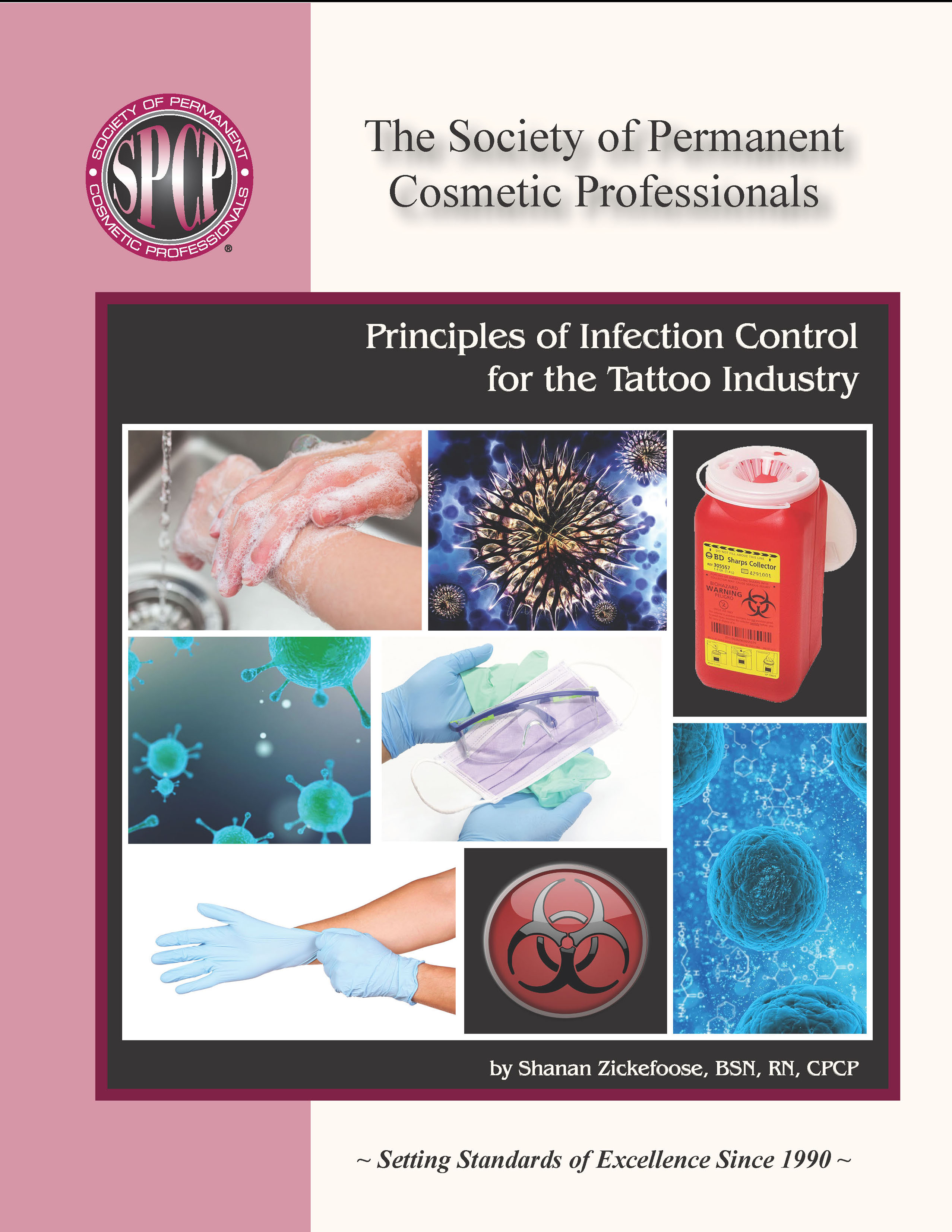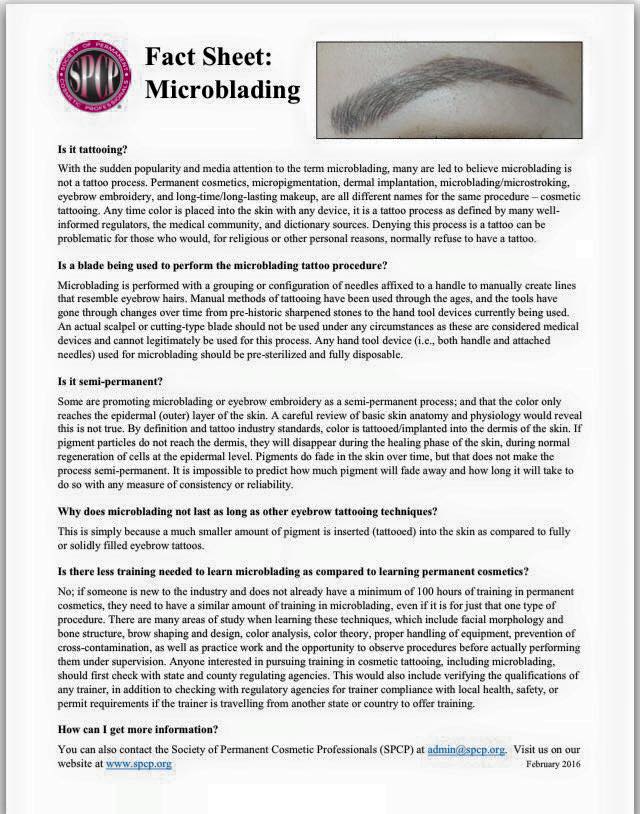Brows are sisters not twins
 Wednesday, June 5, 2019 at 08:05PM
Wednesday, June 5, 2019 at 08:05PM Brows are Sisters not Twins
Yes, brows are sisters, not twins. That said, finding or creating symmetry for a client’s brows is one of the most important design aspects of the brow. Sometimes this is more than challenging – most often because naturally our faces from one side to the other are not symmetrical. Our orbital bone structure that surrounds our eye is shaped differently on each side. Typically, one side displays front and wide and the other short and curved back. Basically one side is more flat and the other is more curved. When this occurs, drawing brows that are exactly the same (using measurements and stencils) appear forced and unnatural.
As artists, we try to work with your personal bone structure to create the best brow symmetry possible. I like to do this by analyzing the brow in pieces – is the front shape of the brow the same and appear in toward the nose at the same distance and direction? Are the arches level? Is the angle of the brow tails the same? Are the brows the same thickness? Has the client received Botox or other neurotoxin in the last four months? Once the individual parts of the brow are analyzed, step back and view the face as a whole. Is there anything that stands out? Is the overall appearance pleasing?
Frankly, we are our own worst critics. And while we may stand in the mirror and scrutinize our brows for – well, a very long time – no one else is doing that. They are looking at your overall appearance. The brows frame your eyes and bring out one of the best features we have – the window to our soul. Your brows are only the enhancing frame. The beauty comes from you.
Melisa Ferriola, LE, CPCP
Shanan Zickefoose, BSN, RN, CMM, CPCP






